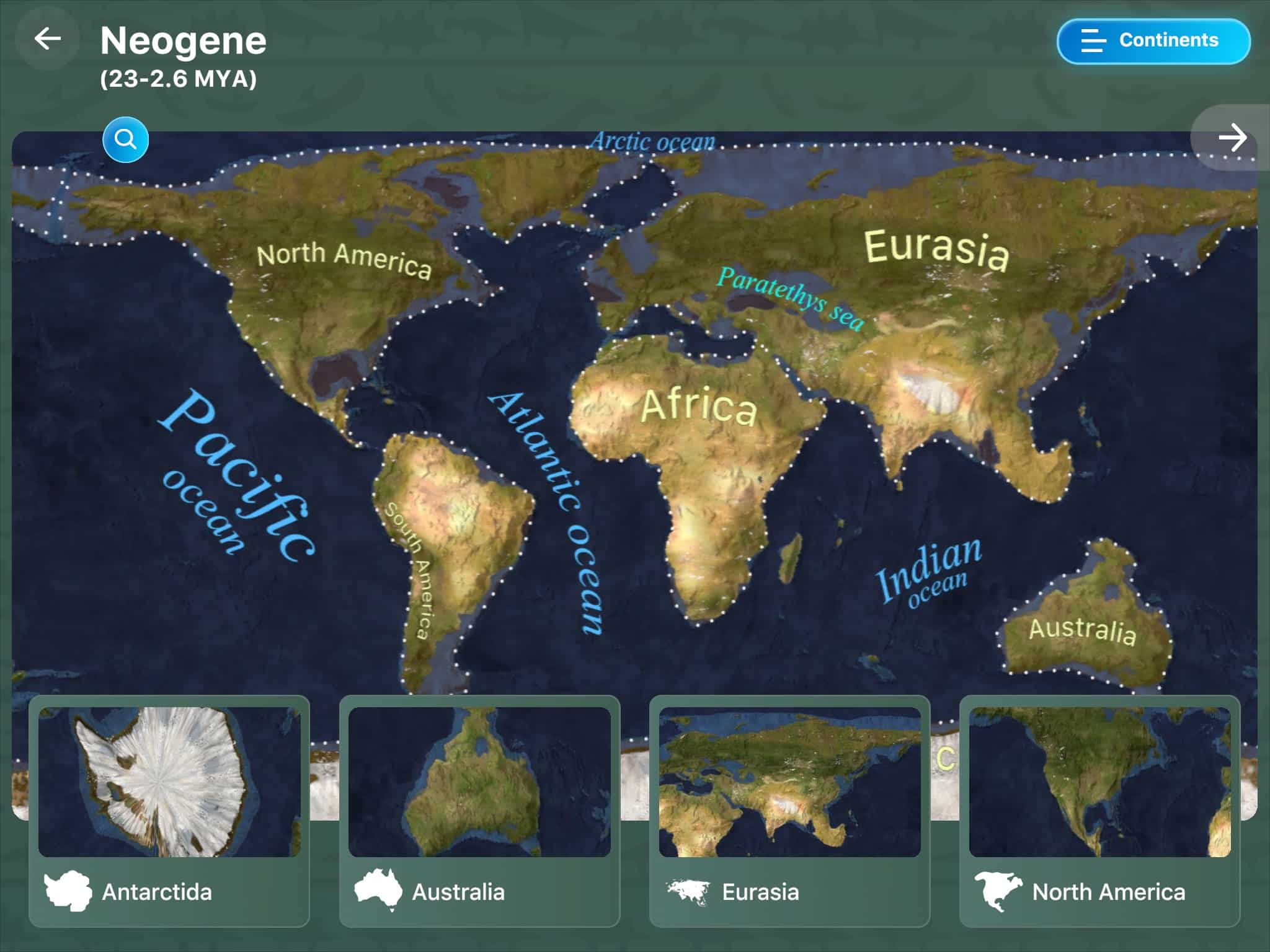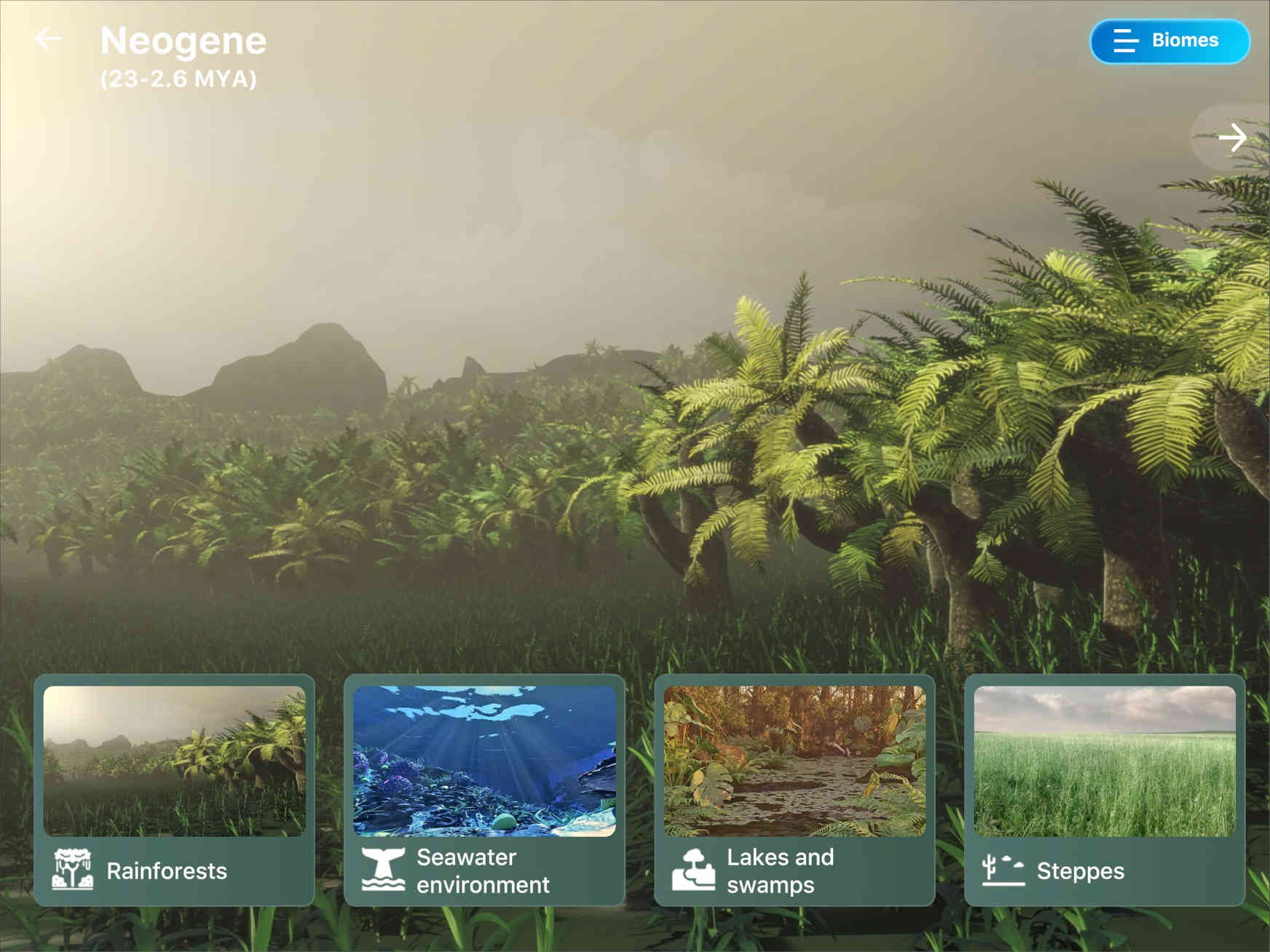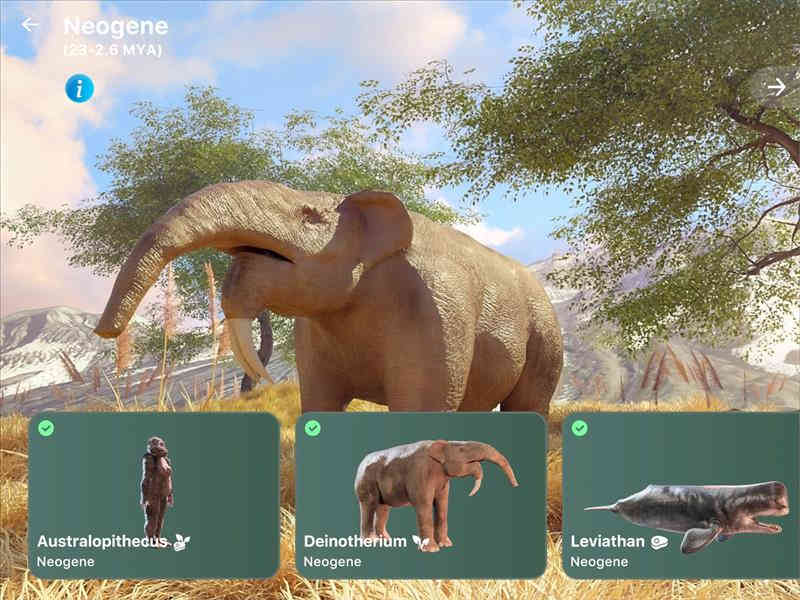Marine environment
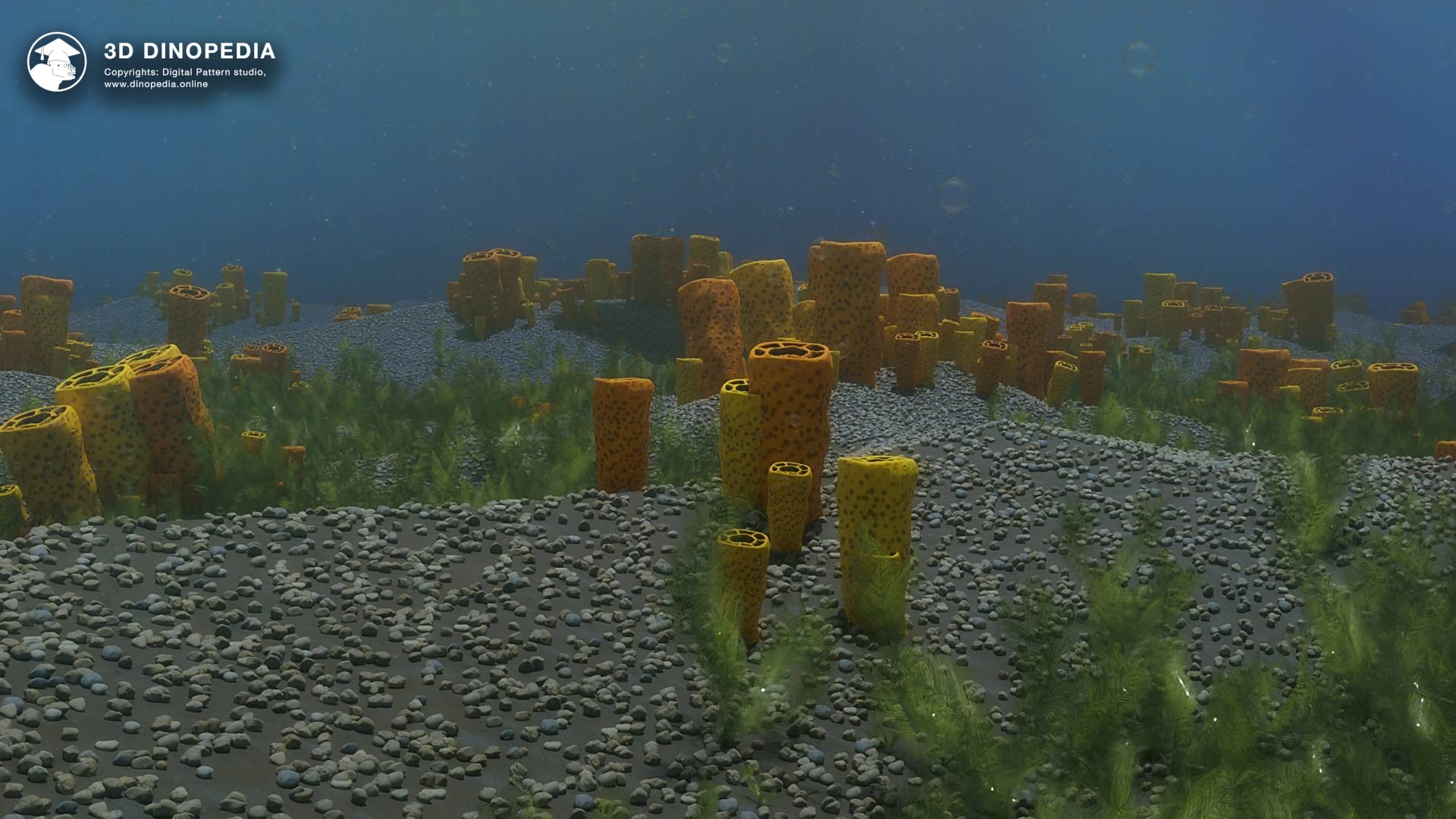
The seas of the Cambrian period were extremely diverse. As in the modern world, you could already encounter coastal reefs and atolls, seaweed beds in shallow waters, lifeless deep-sea plains. Different corners of the planet offered different conditions for life, largely determining the diversity of marine biomes. And of course, life itself, even 500 million years ago, was already extremely diverse and could surprise even the most demanding critic.
At the heart of all ecosystems were creatures capable of harnessing the energy of the sun. These were red (Waputikia) and green algae, as well as a special group of bacteria - cyanobacteria. Some cyanobacteria strongly resembled true plants (for example, Marpolia), which is why these living beings were long called "blue-green algae". However, unlike true plants, their cells did not have a nucleus, were simpler and much smaller. Based on these characteristics, even from imprints, paleontologists can determine whether they are dealing with a...
At the heart of all ecosystems were creatures capable of harnessing the energy of the sun. These were red (Waputikia) and green algae, as well as a special group of bacteria - cyanobacteria. Some cyanobacteria strongly resembled true plants (for example, Marpolia), which is why these living beings were long called "blue-green algae". However, unlike true plants, their cells did not have a nucleus, were simpler and much smaller. Based on these characteristics, even from imprints, paleontologists can determine whether they are dealing with a...
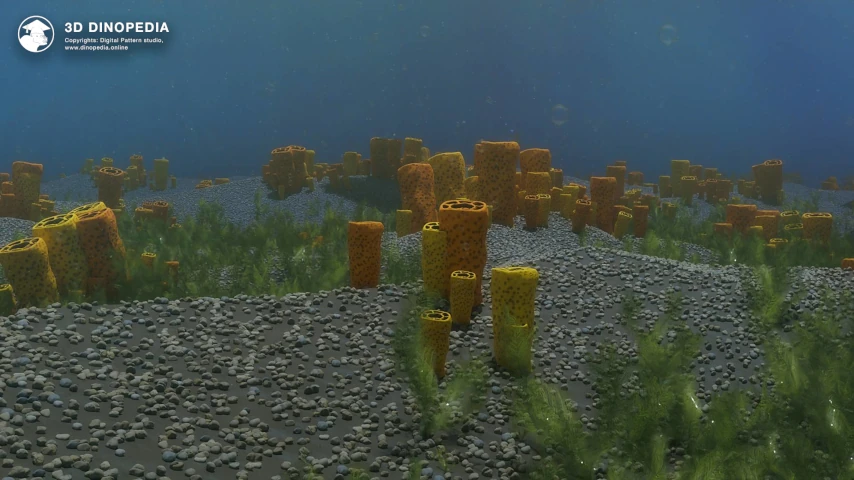
 3D BIOMES
3D BIOMES

